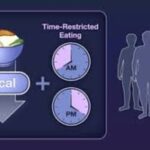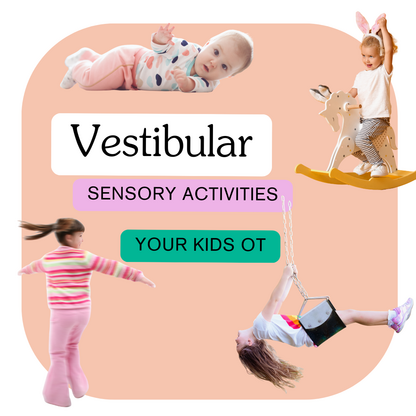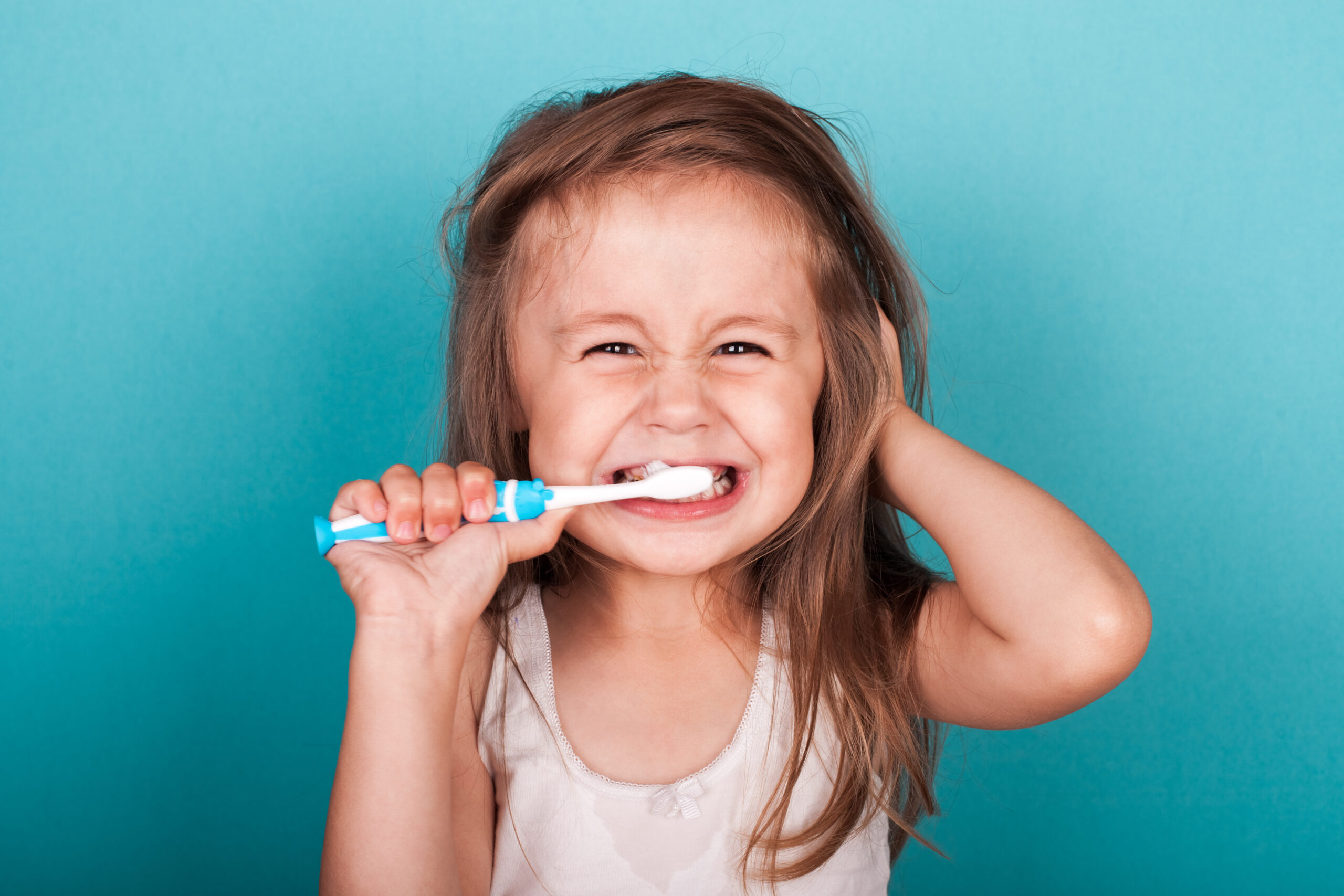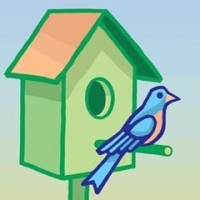A powerful sensory system.
The brain processes vestibular sensations received through the fluid and hair receptors in the inner ear. These inner ear receptors are stimulated by gravity. The
vestibular system tells us about our head and body position in relation to the earth and sends information to our central nervous system about balance and movement. The vestibular system also tells us whether we or objects around us are moving or standing still. It tells us about direction and speed of movement too.The outer ear and cerebral cortex also help to process precise vestibular and auditory sensations through the sensations produced by vibrations of movement and of sound.
The vestibular system has been described as necessary for the entire nervous system to function effectively (ie. to help with the interpretation of other senses such as vision and the feedback from the muscles and joints through proprioception).
There is a self-protective (defensive) component of the vestibular system that matures as a child grows. As a child grows they can coordinate their body movements together with visual information, learning to discriminate what they see and how they move.
Vestibular movement can be described as linear (up/down, forward/back and side to side movements). Slow and low linear movements can have a soothing affect and often parents introduce this to their babies in the form of rocking or gentle bouncing. We often see these movements repeated as they are comforting. Linear movements which move in a bigger or faster arc may be more stimulating.
Vestibular movements can also be rotational (spinning around) and are enjoyed by most children as they stimulate the vestibular system and feel good. These movements may be forward, backward, around the body as axis or orbital (whole body moving in an orbit around an axis)
Vestibular movements may involve a child being upside down/inversion (defying gravity). When children tip their heads below their heart, the vestibular system gets strong input about where the body is in relation to the ground. This position can have both alerting and calming affects.
Many activities that provide vestibular sensory input can also provide proprioceptive and visual input too. Allowing a child to direct their own movement can help them to organise their bodies to match the activity.
* Forward and backward movements
- Swing (traditional, hammock, platform, tyre)
- Flying fox, zip line
- Slide, monkey bars,
- Jogging, walking
- Crawling
- Bike riding, scootering
- Swimming
- Rocking horse, rocking chair
- Facilitated movements with a gym ball, scooter board
* Up and Down movements
- Hopper ball (bouncing on a gym ball)
- Jumping, jumping on a trampoline, jump rope (skipping)
- Seesaw
- Pogo stick
- Sit ups
* Side to Side movements
- Rocker boards, balance board,
- Dancing
- Side stretches
- Side steps
- Crab walks sideways
- Rocked by parent side to side
Rotary vestibular input includes spinning around and turning the head (and fluid in the inner ear). This type of input is generally alerting and stimulating, helping with balance, muscle tone and body awareness.
It differs from linear vestibular input and can be either organising or disorganising depending on the indiidual’s sensory needs. Excessive or intense input can lead to overstimulation, while some children with sensory processing challenges may be under-responsive and seek this input. Combining vestibular and proprioceptive input can be regulating.
Vestibular rotary activities can vary with an individual rolling (forward, backward, log), turning (like a spinning topy), orbital (like a merry-go-round) on an axis and upside down/inversion (like cartwheel). It can vary intensity system is very powerful and input should be closely supervised, especially sensory seekers who may not know their own limits.
Discriminating or mapping vestibular movements help a child to develop anticipation of a task sequence and reduce distraction from the task. Routines can provide a sensory pattern so that the child knows what is occuring and what will come next (expectations). Linear and repetitive head movements can support body awareness in space and calm a child who is overstimulated.
Signs of sensory overload should be closely monitored. These may include nausea, dizziness or disorientation.
I am sharing more sensory information this month!
In the meanwhile, if you are looking for more information and expertise on sensory processing, I want to let you know about the upcoming Sensory Summit: Unpacking Sensory Needs, One Case at a Time, hosted by Precision CPD.
This event is designed for professionals working with kids who want to move beyond quick fixes and build real clinical reasoning skills for sensory practice across the whole multidisciplinary team. The speakers will use case studies to provide practical applications that will inspire you, whether you are an experienced therapist or just starting out.
The FREE event is being held October 27-29 (Northern Hemisphere dates). Register for the FREE TICKET HERE!
If you want the most out of the experience, the VIP ticket ($US) is at a major discount before the event begins.
The VIP Ticket includes:
- Accredited CEUS for OTs, PTs, SLPs, and EI providers (10 contact hours)
- Private podcast feed for flexible listening
- Workbook and speaker bonuses
- Lifetime access to all sessions.
Until next time,















